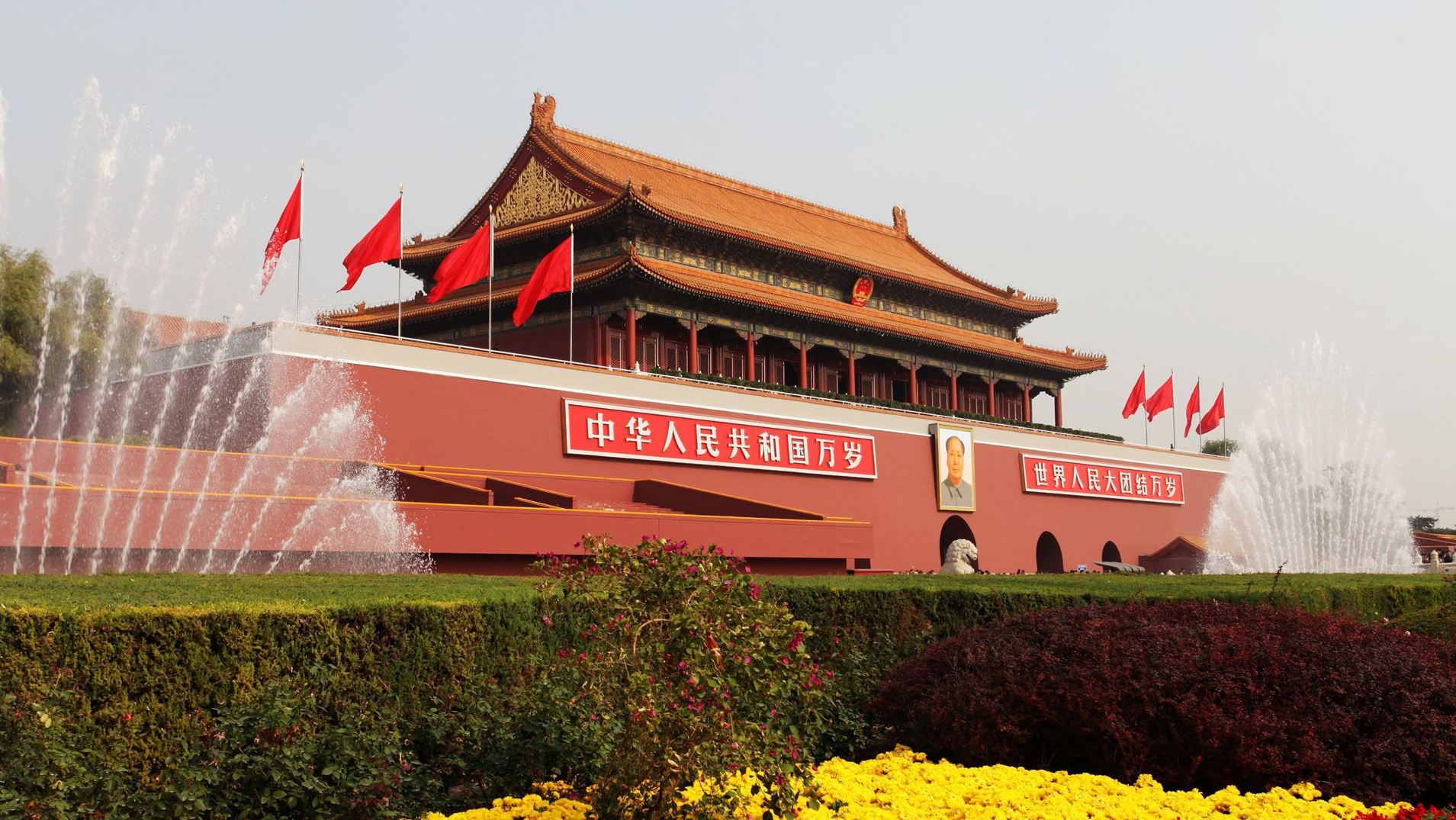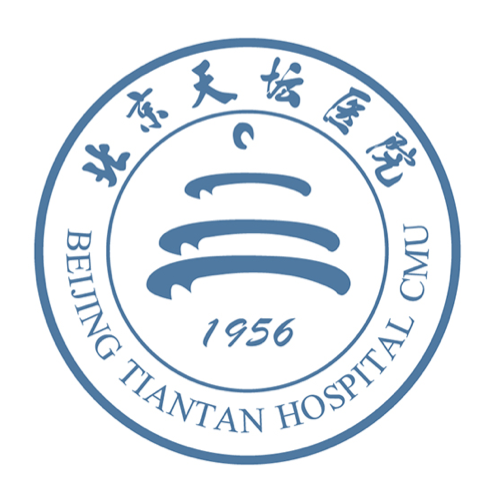Featured Attractions
Tiananmen Square
Located in the heart of Beijing on East Chang'an Street in Dongcheng District, Tiananmen Square is bordered by Zhengyangmen to the south, the National Museum of China to the east, and the Great Hall of the People to the west. Its ground is paved with specially treated light-colored granite, and at its center stand the Monument to the People's Heroes and the Chairman Mao Memorial Hall. The square is flanked by the Working People's Cultural Palace and Zhongshan Park.
Address:
East Chang'an Street, Dongcheng District, Beijing

Palace Museum
Situated within the Forbidden City and established on October 10, 1925, the Palace Museum is one of the world’s three major palaces and a UNESCO World Heritage site. The Palace Museum is a comprehensive museum in China established on the basis of the imperial palaces and collections of the Ming and Qing dynasties. It is China’s largest museum of ancient culture and art, housing over 1.8 million artifacts that span the history of ancient Chinese civilization. Scholars estimate that the total number of cultural relics in the Forbidden City has reached 1807558, including 1684490 precious cultural relics, 115491 general cultural relics, and 7,577 specimens, covering the entire history of the development of ancient Chinese civilization.
Address:
No. 4, Jingshanqian Street, Dongcheng District, Beijing

Badaling Great Wall
Badaling is a key section of the Great Wall of China, renowned for its long history, rich cultural significance, and superb preservation. As an essential part of the Ming Dynasty’s defense, it exemplifies ancient Chinese architectural prowess and stretches majestically through the mountains.
Address:
North Exit of Jundu Mountain Guangou Ancient Road, Badaling Town, Yanqing District, Beijing

Culinary Specialties
Peking Duck
A world-renowned dish, Peking duck originated during the Northern and Southern Dynasties and was once favored by the imperial court. Prepared with high-quality meat duck roasted over fruit charcoal, it features a crisp skin and tender meat. Traditionally, it is best enjoyed in winter, spring, or autumn, served with green onions, garlic, cucumber strips, and pancakes like lotus leaf or sesame baked cake.

Shabu Mutton
Also known as mutton hot pot, shabu mutton began during the Yuan Dynasty and gained popularity in the Qing Dynasty, even featuring in imperial banquets. Characterized by its paper-thin slices of mutton and a flavor influenced by northern nomadic traditions, this dish remains a celebrated specialty in Beijing, especially in the cold season.



